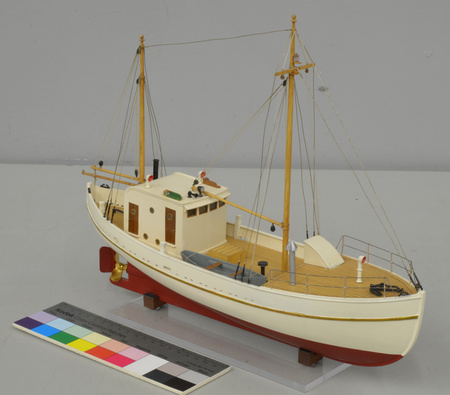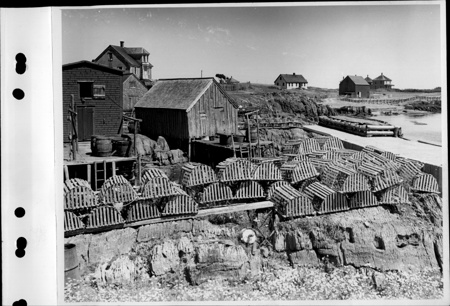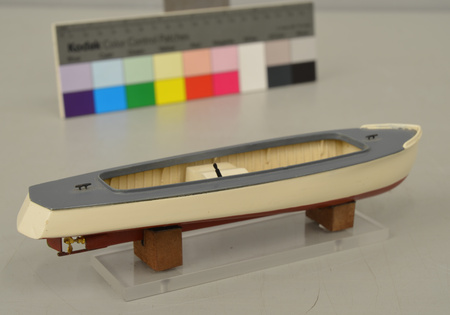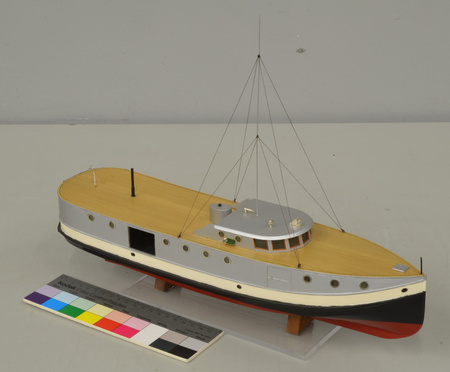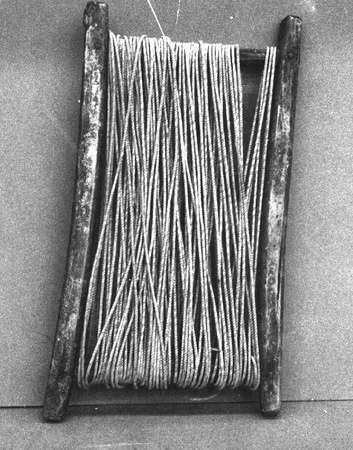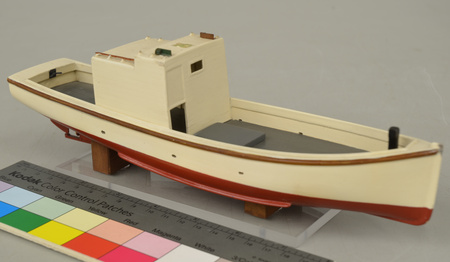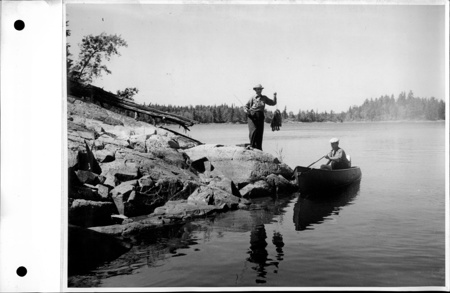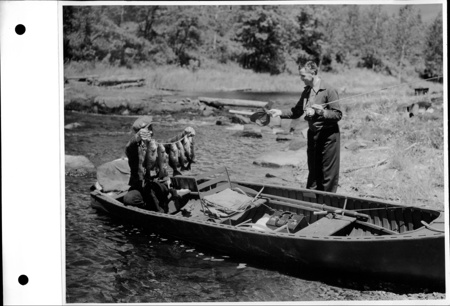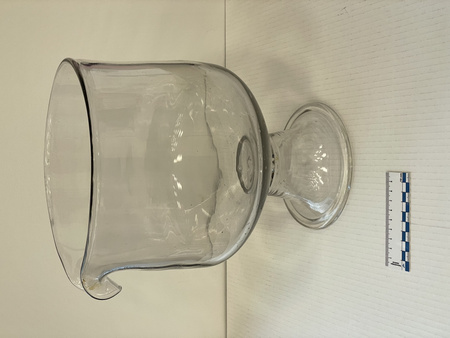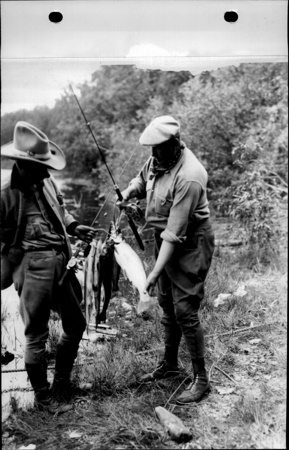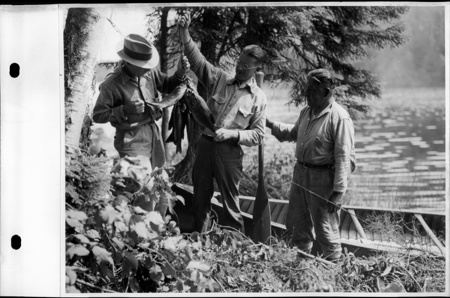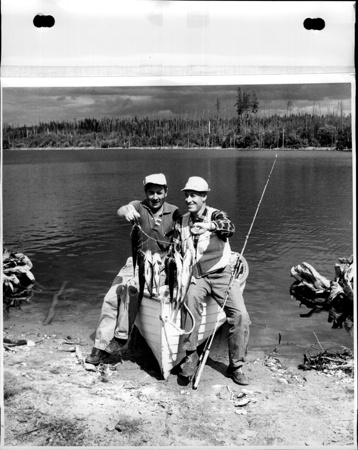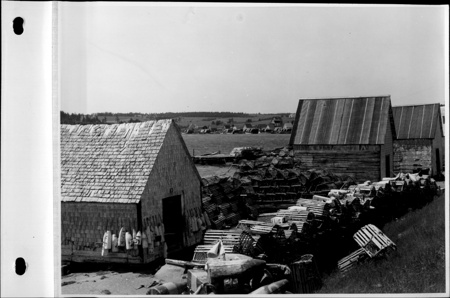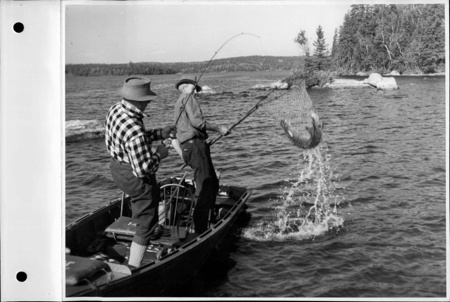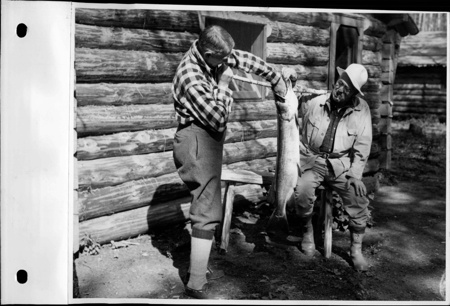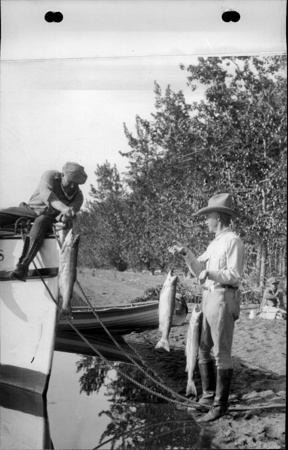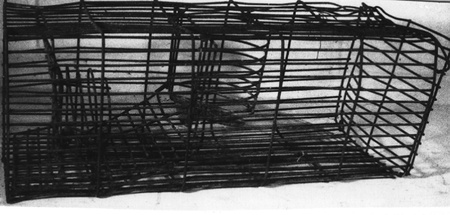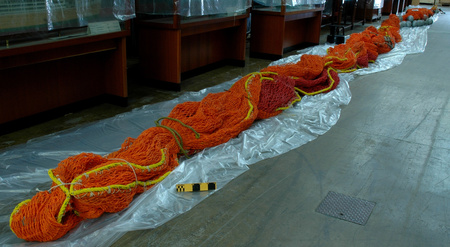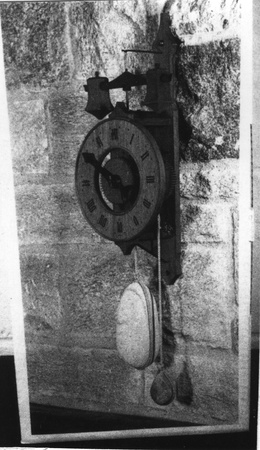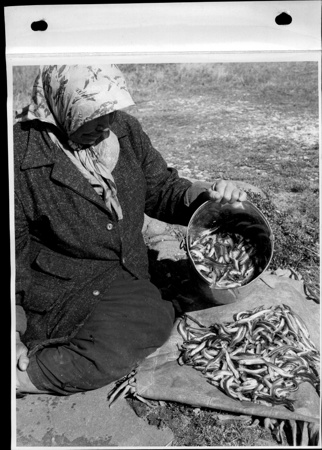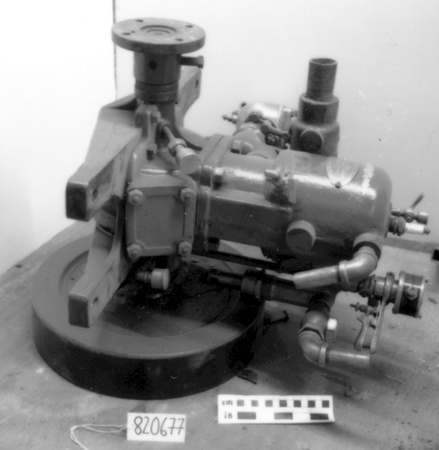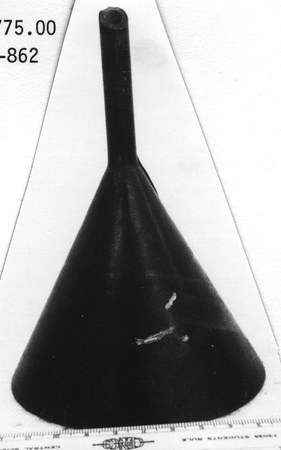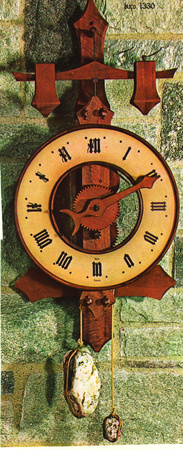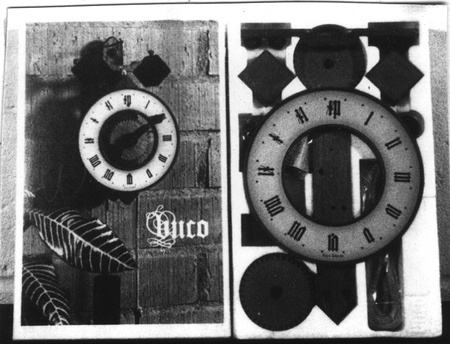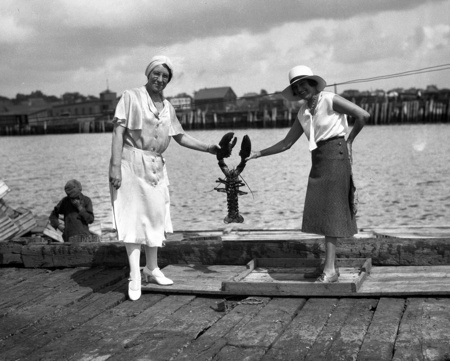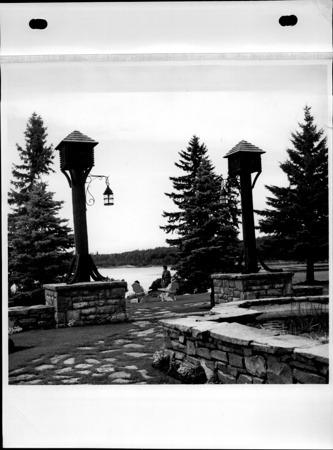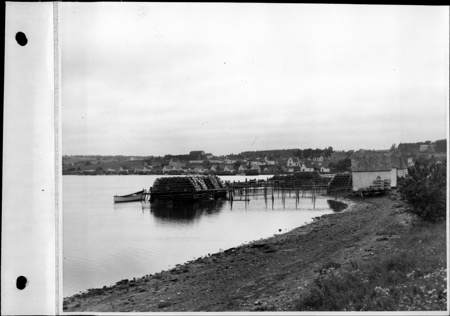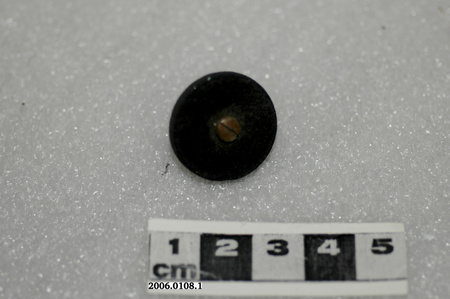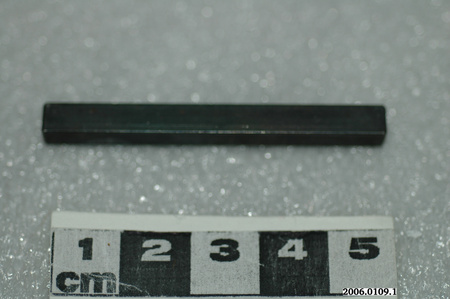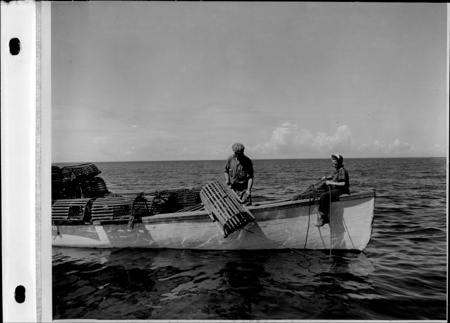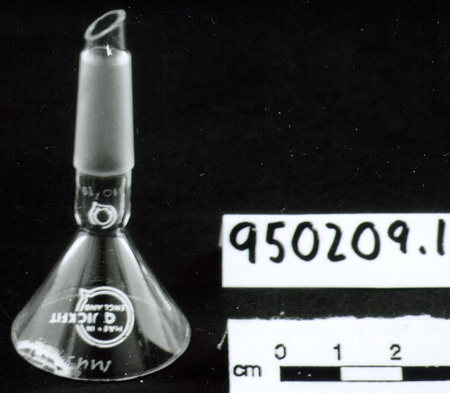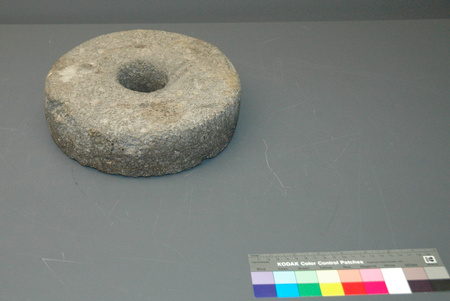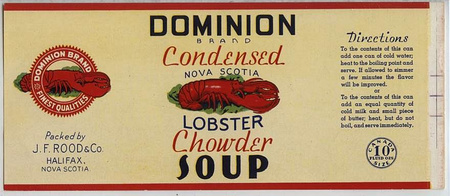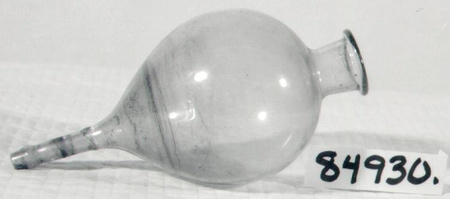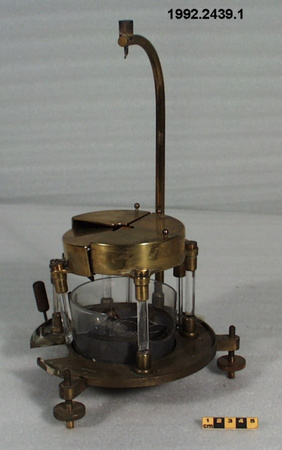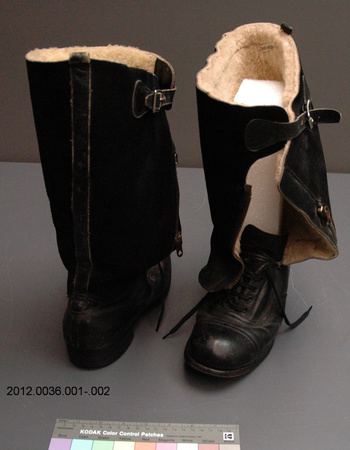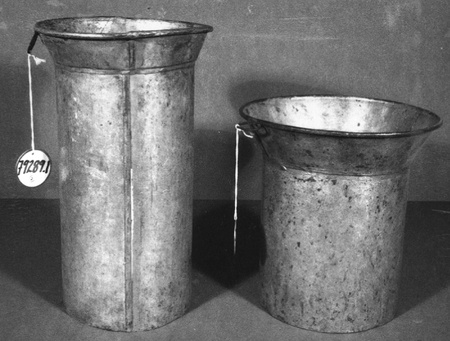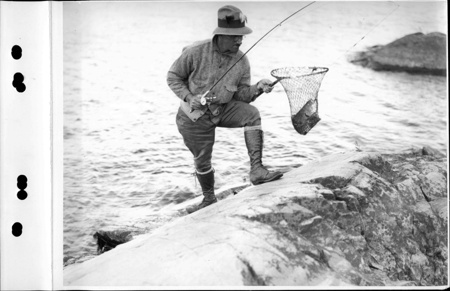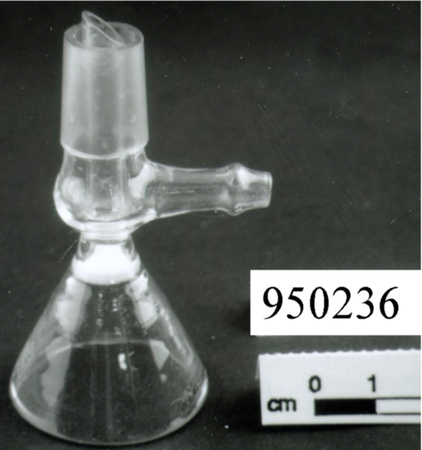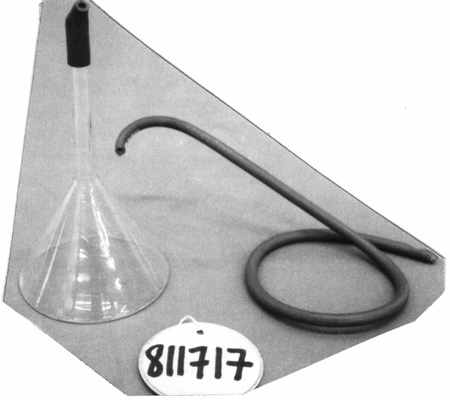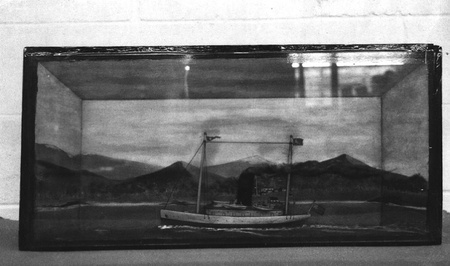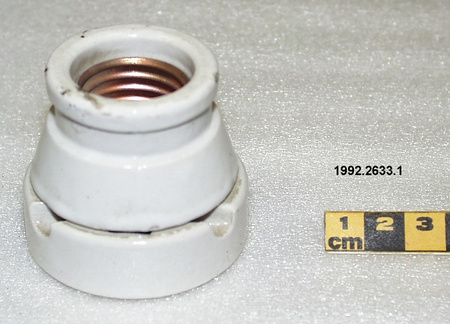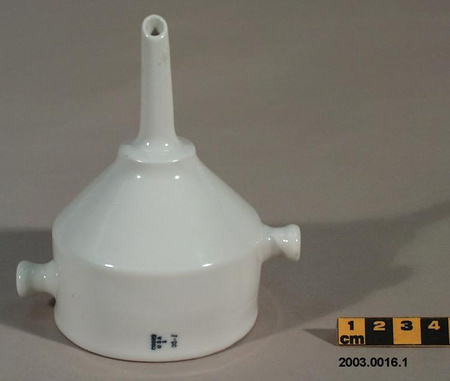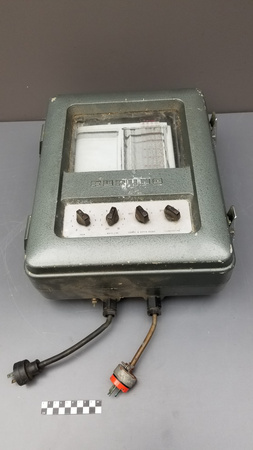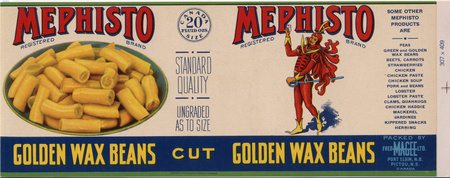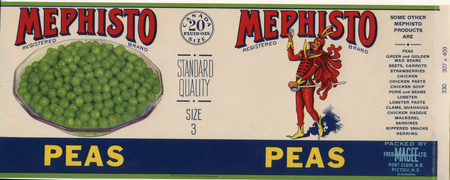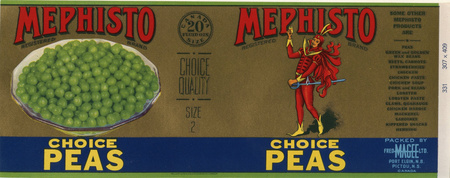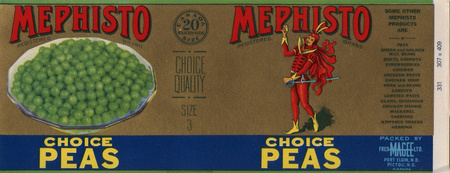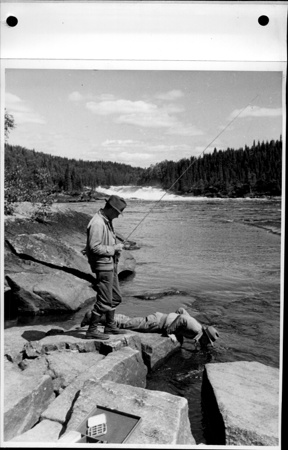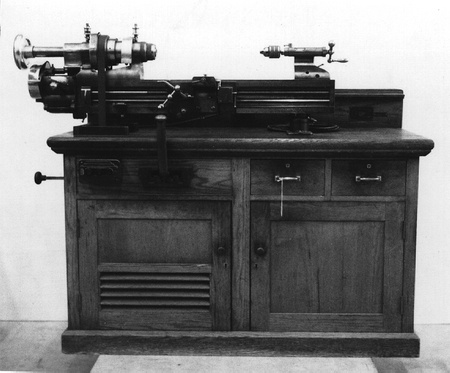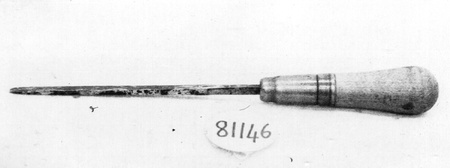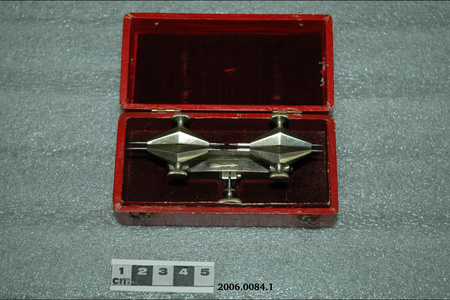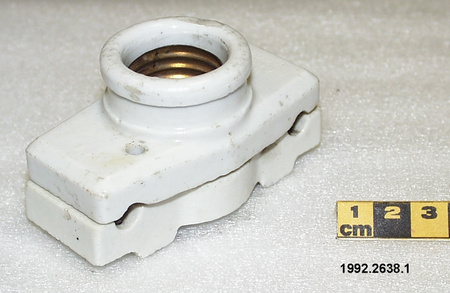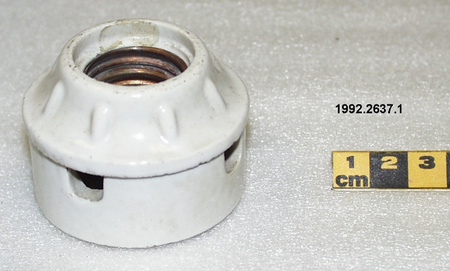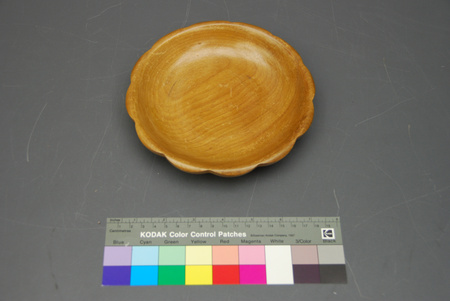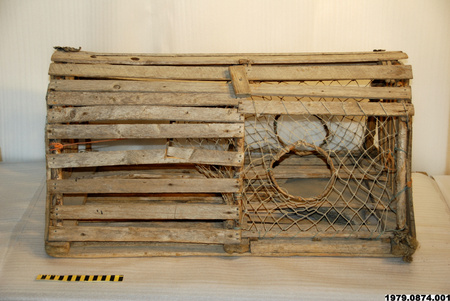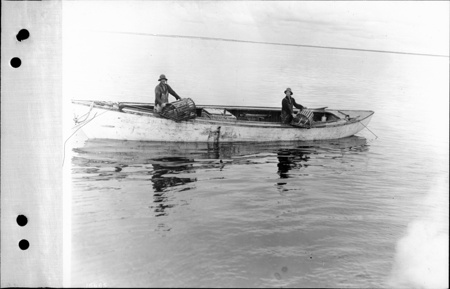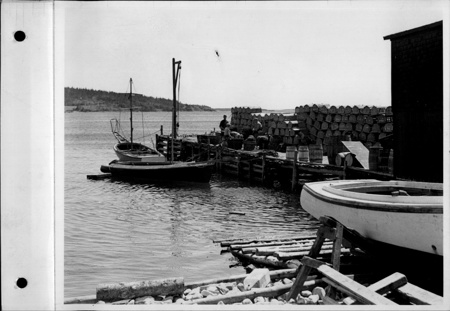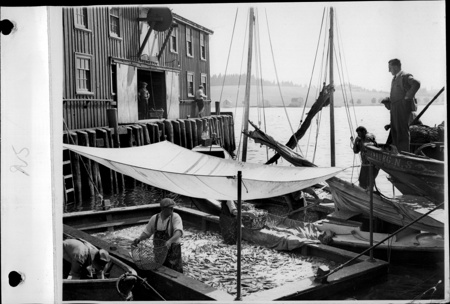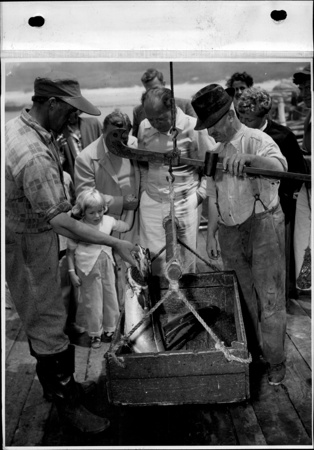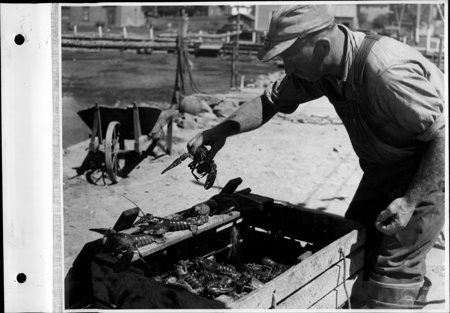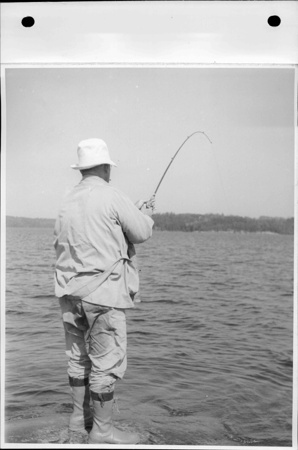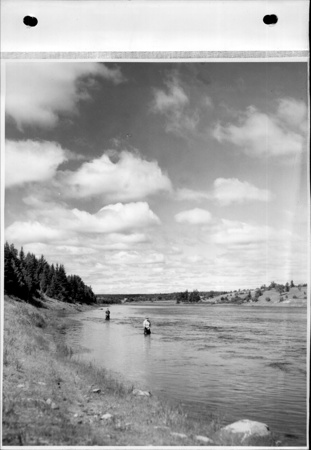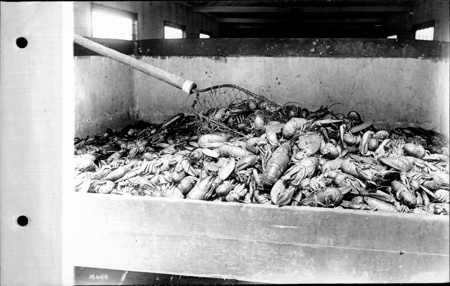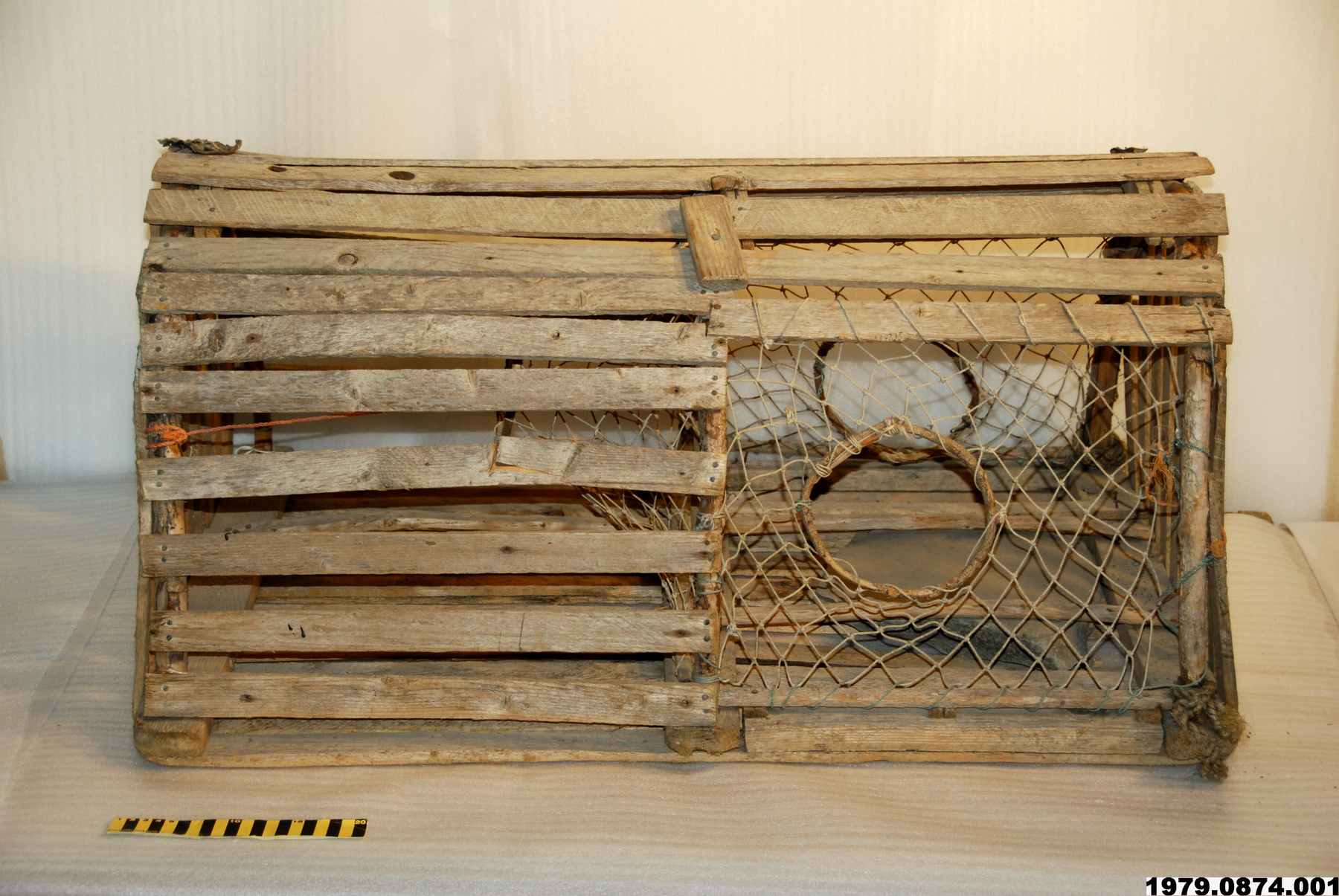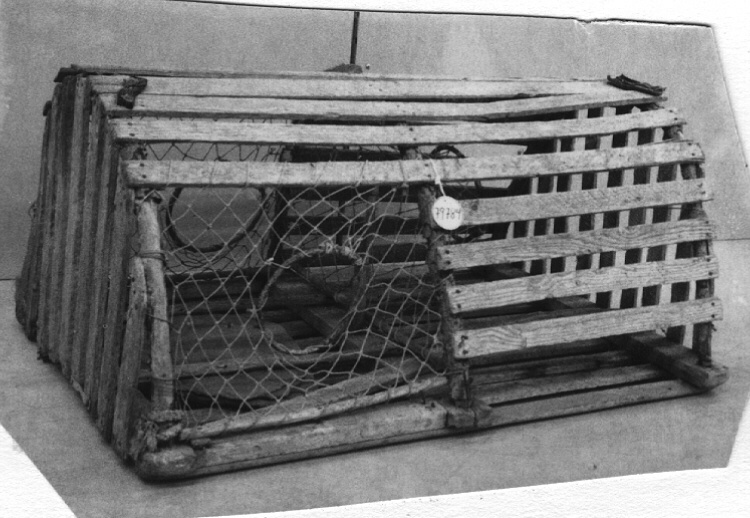Trap, lobster
Use this image
Can I reuse this image without permission? Yes
Object images on the Ingenium Collection’s portal have the following Creative Commons license:
Copyright Ingenium / CC BY-NC-ND (Attribution-NonCommercial 4.0 International (CC BY-NC 4.0)
ATTRIBUTE THIS IMAGE
Ingenium,
1979.0874.001
Permalink:
Ingenium is releasing this image under the Creative Commons licensing framework, and encourages downloading and reuse for non-commercial purposes. Please acknowledge Ingenium and cite the artifact number.
DOWNLOAD IMAGEPURCHASE THIS IMAGE
This image is free for non-commercial use.
For commercial use, please consult our Reproduction Fees and contact us to purchase the image.
- OBJECT TYPE
- Lobster pot
- DATE
- Unknown
- ARTIFACT NUMBER
- 1979.0874.001
- MANUFACTURER
- Unknown
- MODEL
- Home built
- LOCATION
- Unknown
More Information
General Information
- Serial #
- N/A
- Part Number
- 1
- Total Parts
- 1
- AKA
- N/A
- Patents
- N/A
- General Description
- Wood/ Cotton string/ Stone weight.
Dimensions
Note: These reflect the general size for storage and are not necessarily representative of the object's true dimensions.
- Length
- 92.5 cm
- Width
- 65.5 cm
- Height
- 43.0 cm
- Thickness
- N/A
- Weight
- N/A
- Diameter
- N/A
- Volume
- N/A
Lexicon
- Group
- Fisheries
- Category
- Tools & equipment
- Sub-Category
- N/A
Manufacturer
- AKA
- Unknown
- Country
- Unknown
- State/Province
- Unknown
- City
- Unknown
Context
- Country
- Canada
- State/Province
- Unknown
- Period
- Unknown
- Canada
-
Type of trap made in Canada and used in Canada for inshore lobster fishing. Before the arrival of Europeans, the Micmac and Maleseet Amerindians of Atlantic Canada were fishing lobsters. The fishermen from European origins were also fishing lobsters by spearing them but it was not then for commercial purposes. Commercial fishing of lobsters began in the mid-19th century. - Function
-
To catch lobster in inshore fishing. - Technical
-
Before traps, fishermen were fishing lobsters for their personal use, by spearing or gaffing them. Some of them were selling their catch and as lobsters without spearing marked had higher prices, they started to use wire cages. These wire cages were adapted from Europeans who used them to catch crayfish and Spiny lobsters. The original wooden lath trap is said to have originated in Cape Cod in 1810 and was later brought to Canada. Traps used to be made by the fishermen during the winter season. Size and design of cages vary depending on localities but they were mainly constructed of curved pieces of wood, laths, and cotton or nylon twine. Lobster traps for offshore fishing are made sturdier, larger and are constructed of a metal or heavy wooden frame covered with wire mesh. The practice of lobster fishing also varies according to region. In some, the traps are set in groups of ten and in others, they are set individually. They are usually set near a rocky bottom preferred by lobsters and are ballasted with flat stones or concrete slabs to sink them. They are marked with buoys to easily locate them. This particular trap has a flat stone to keep the trap to the bottom and the net is made of twine. We used to find this type of lobster trap along the coast of New England, Nova Scotia, New Brunswick, Newfoundland, Gaspé Peninsula, north shore and the Magdalene Islands. Each "trap has one or more funnel-shaped openings fashioned from twine, which allow the lobster to enter the trap but prevent it from escaping. They are baited with either fresh or salted fish, commonly herring, mackerel or gaspereau." The bait is situated in the middle of the cage, on a small pointed stick made of wood and about 10 inches long. The last compartment after the second funnel-shaped passage is called the salon or prison. Only small lobsters can escape through small vents. - Area Notes
-
Unknown
Details
- Markings
- N/A
- Missing
- Appears complete.
- Finish
- No finish; 'Weathered'
- Decoration
- N/A
CITE THIS OBJECT
If you choose to share our information about this collection object, please cite:
Unknown Manufacturer, Trap, lobster, Unknown Date, Artifact no. 1979.0874, Ingenium – Canada’s Museums of Science and Innovation, http://collection.ingenium.ca/en/id/1979.0874.001/
FEEDBACK
Submit a question or comment about this artifact.
More Like This
